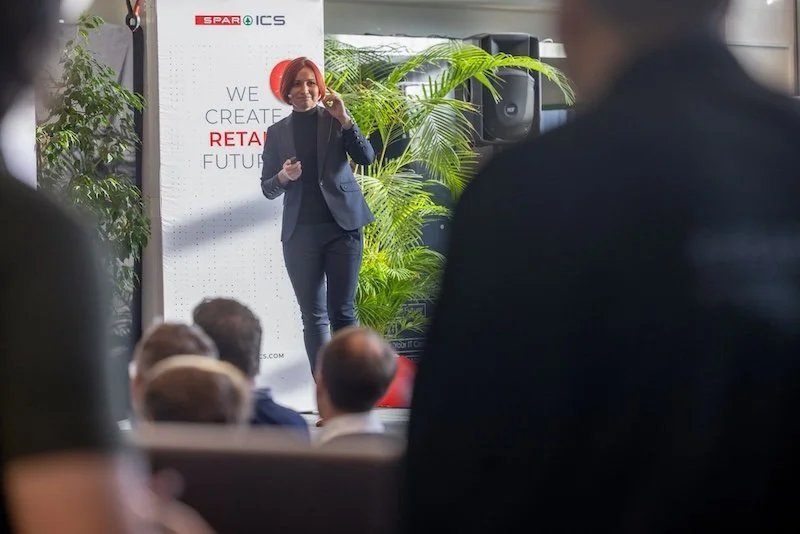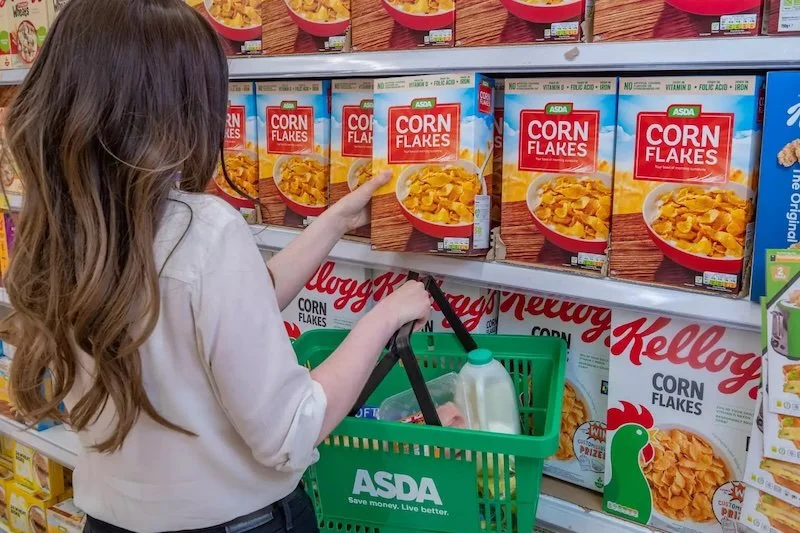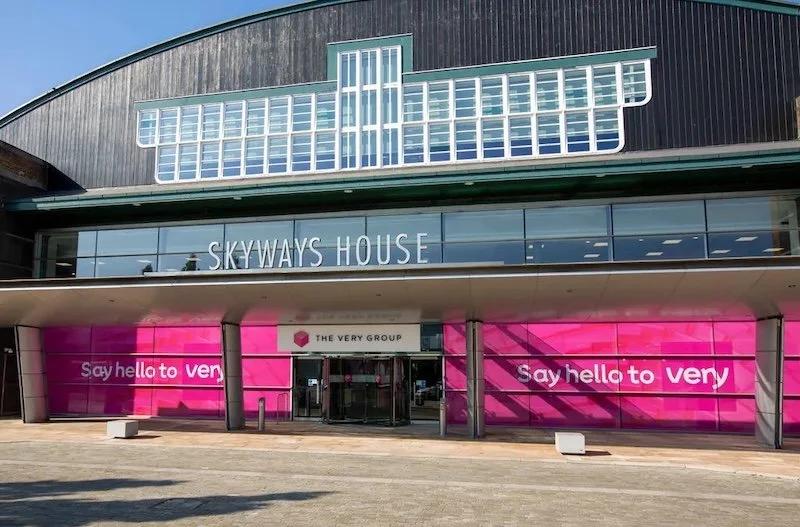Three ways Covid-19 is re-shaping the retail experience
By Sacha Michaud, Co-Founder, Glovo
Covid-19 has had a monumental impact on the retail industry, with all non-essential stores temporarily closing down and some unable to reopen. In May 2020 alone, over a third of retail spending took place online.
Even before the pandemic, structural changes in the sector were already starting to come to fruition. However, following what has happened over the past few months, this process has dramatically accelerated.
As we continue to navigate our way through this ‘new normal’, it has become clear that for retail to survive, businesses need to harness the power of technology to remain flexible, provide an online presence and have the ability to pivot quickly to match the changing demands of consumers.
1. Personalisation does not stop online
The Covid-19 crisis is unprecedented, both in terms of its disruption to everyday life and the scale of impact across the world. As the consequences of extended lockdowns reverberate around the world, competition within the online retail space has never been so fierce.
Customers are demanding more from retail brands than ever before. And while they are less likely to go in store, the delivery and online experience has to meet consumer expectations.
For many companies, this will mean a redesign of their customer journeys. Covid-19 has accelerated the growth in e-commerce by four to six years and on-the-ground retailers are now embracing a digital first approach en masse.
Therefore, a more tailored process should be adopted, adding layers of personalisation when searching on their channels. Retailers that have not evolved their e-commerce platforms will notice shoppers move elsewhere.
Artificial intelligence is also helping retailers create personal experiences at scale. Its primary use should be the user experience (UX), making the customer journey much more effective and efficient, with less time spent on finding and selecting the products they want to purchase.
AI not only arms retailers with the power to generate personalised recommendations autonomously. But it can help organisations build these over time, improving efficiently and reducing costs.
2. A safer customer experience
If bricks and mortar stores are going to remain profitable, especially with less footfall due to the ongoing pandemic, it is essential customers feel valued. Retailers need to use technology to make the time spent in their stores enjoyable, hassle-free and ensure everyone feels safe.
From an aesthetic point of view, stores have already started to use forms of virtual reality or smart mirrors, as well as having restrictions in place to stop customers from trying on products and instead extending their returns policy.
Companies like Kroger, for example, have even adopted technology that limits store traffic to only 50% capacity, thanks to a system that uses infrared sensors and predictive analysis to monitor the flow of people.
However, that being said, and in line with current government guidelines of avoiding large groups wherever possible, many consumers are still sticking to purchasing goods from the comfort of their own homes.
“Retailers can convert their stores into ‘virtual warehouses' for immediate on-demand deliveries that take minutes or hours rather than days. This gives them a huge advantage and it’s one that they shouldn't miss — because Amazon won't be waiting long”
As a result, this is a prime opportunity for retailers to modernise and simplify their online offerings, from clicking items to purchase to getting it delivered, ensuring an end-to-end streamlined process for the customer.
3. Everything on demand
Covid-19 hasn’t changed the “always-on” mindset of today’s consumers. People still want that specific brand of coffee or to eat noodles from their favourite restaurant when they want it.
The challenge is that there is an expectation that everyday items will be delivered in minutes rather than days. For many retailers, they didn’t have the functionality, or scale, to cater to this demand. Retailers are therefore partnering with on-demand delivery players to meet the growing needs of those ordering online.
Retailers that want to thrive, not just survive in the new normal, need to be agile and find ways to scale and adapt to rapidly changing consumer habits. These strategic partnerships will only continue to grow, with many businesses already being able to offer same day delivery for almost anything.
Retailers are in a unique position and have a unique opportunity as they’re close to consumers, in comparison to e-commerce giants where products are often stored hundreds or even thousands of miles away.
In fact, retailers can convert their stores into ‘virtual warehouses' for immediate on-demand deliveries that take minutes or hours rather than days. This gives them a huge advantage and it’s one that they shouldn't miss — because Amazon won't be waiting long.
At Glovo we help our partners deliver their product and services in thirty minutes or less. To ensure this was sustained during the most intense periods of lockdown, it was crucial to work with partners, understand the ever-changing trends and make sure the availability of couriers was always enough.
Amazon Prime has been a big driver in this area, and the pandemic has acted as a springboard for other companies to up their game and employ similar fast tactics within this space.
With the on-demand delivery market rapidly evolving, we will see even quicker delivery times, providing higher levels of customer satisfaction, as well as retailers being able to move stock more quickly.
The mass shift to online was already in motion before the pandemic hit, with shoppers choosing the convenience of their own home rather than venturing to the physical store.
Covid-19 has underlined the role that technology is (and will continue) to play in helping retailers deliver personal and safe experiences, on demand. To thrive in the next normal retailers must act now and transform accordingly, catering for the consumer of tomorrow.










Continue reading…